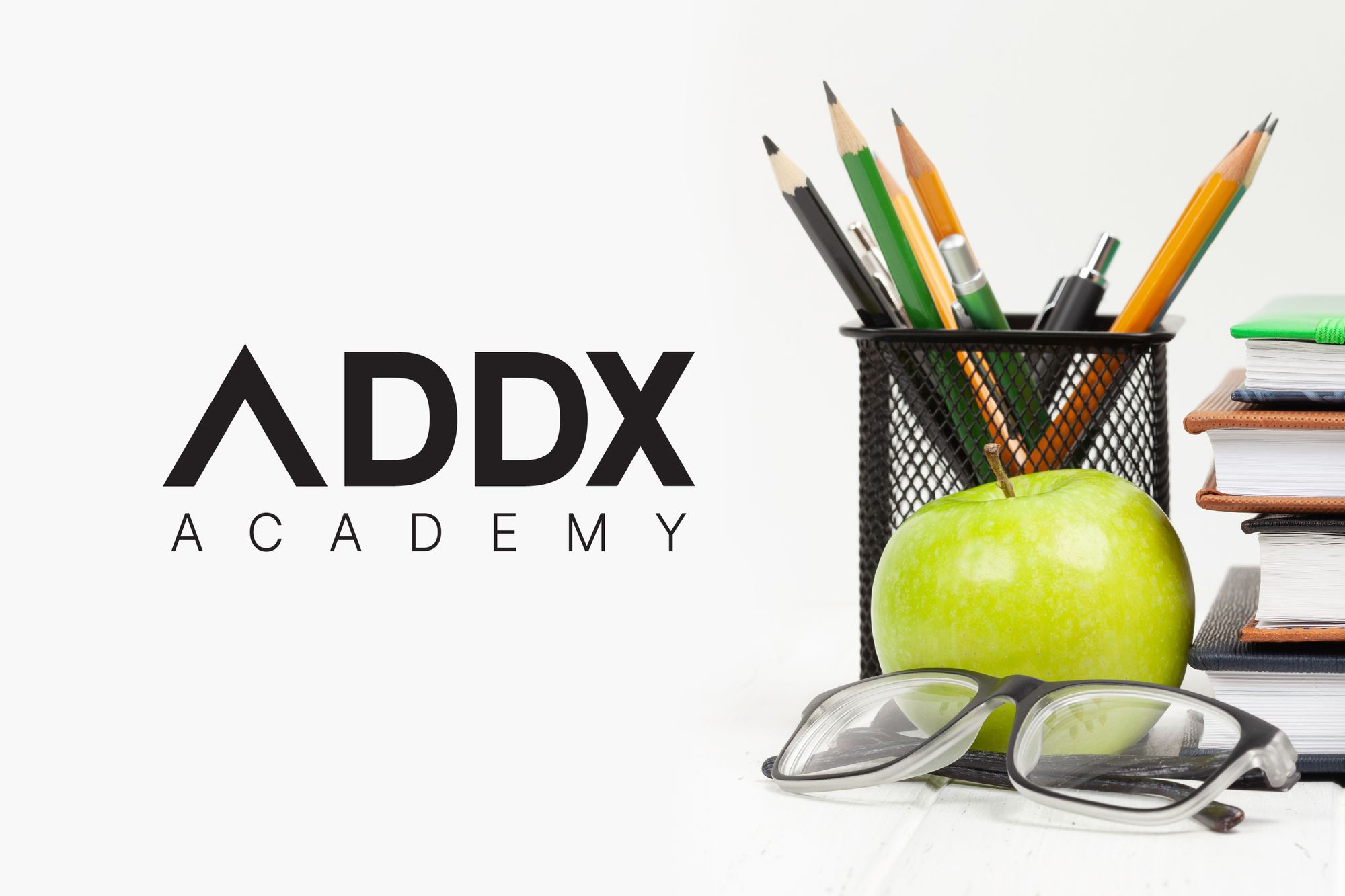Key takeaways
- Commercial paper is a form of short-term financing for companies to cover working capital and other immediate needs, such as paying salaries, buying inventories, or paying suppliers.
- The paper is usually – but not always – sold at a discount to the issue price, and the full amount is repaid at maturity.
- As such, the yield is derived from the difference between the paper's discounted issue price and the face value at maturity.
- Institutional investors and high net worth individuals are traditional buyers of commercial paper, which is usually issued in tranches of US$100,000 or more.
What is commercial paper?
Commercial paper is a way for companies to raise money to cover short-term liabilities without relying on the banking system. The company issues commercial paper for tenors between one to six months to cover immediate expenses, like staff salaries, buying inventories, or paying suppliers.
The debt is unsecured because it is not backed by any of the company’s assets. Thus, the lender must rely on the reputation of the company and/or the investment grade credit rating it receives (if any) from rating agencies, like Standard & Poor’s and Moody’s, as assurance that the debt will be repaid.
The paper is usually – but not always – issued at a discount to its face value (the full amount the paper is worth) and receives the face value back when the debt matures. Thus, the investor's rate of return is equivalent to the difference between the face value and the discounted amount.
What are the advantages of investing in commercial paper?
Low Risk – Commercial paper, though unsecured, is considered a low risk investment because generally only reputable and creditworthy companies may issue commercial paper.
Short Tenor – Commercial paper is short-term in nature and can be a useful place for investors to place cash that won’t be needed for the next few months. It also usually pays a higher interest rate than fixed deposits at banks.
Disadvantages:
Unsecured Debt: The investor has limited recourse if the company defaults and fails to make good on the debt. Thus the investor needs to make sure the company is in good financial health. In practice, commercial paper is usually issued by companies with strong creditworthiness so defaults are rare.
Who can invest in commercial paper?
Commercial paper has traditionally been issued and traded among institutions in denominations of US$100,000 or more, and has usually been taken up by institutional investors, very high net worth individuals, and money market funds.
ADDX democratizes commercial paper by making it available to investors for as little as S$10,000 to invest in primary offerings and as little as S$100 to trade in it.
To qualify as an ADDX investor, you need to meet one or more of the following conditions:
•Yearly income of at least S$300,000 or
•Net financial assets of at least S$1,000,000 or
•Net total assets of at least S$2,000,000
The Bottom Line
Commercial paper is a way for companies to raise money to cover short-term liabilities without relying on the banking system. It can be an attractive option for investors looking for low risk, short term investments.
ADDX is your entry to private market investing. It is a proprietary platform that lets you invest from USD 5,000 in private equity, private credit, hedge funds, commercial paper and more. ADDX is regulated by the Monetary Authority of Singapore (MAS) and is open to all non-US accredited and institutional investors.
Learn more about ADDX here or sign up for an account to start your alternative investment journey.


